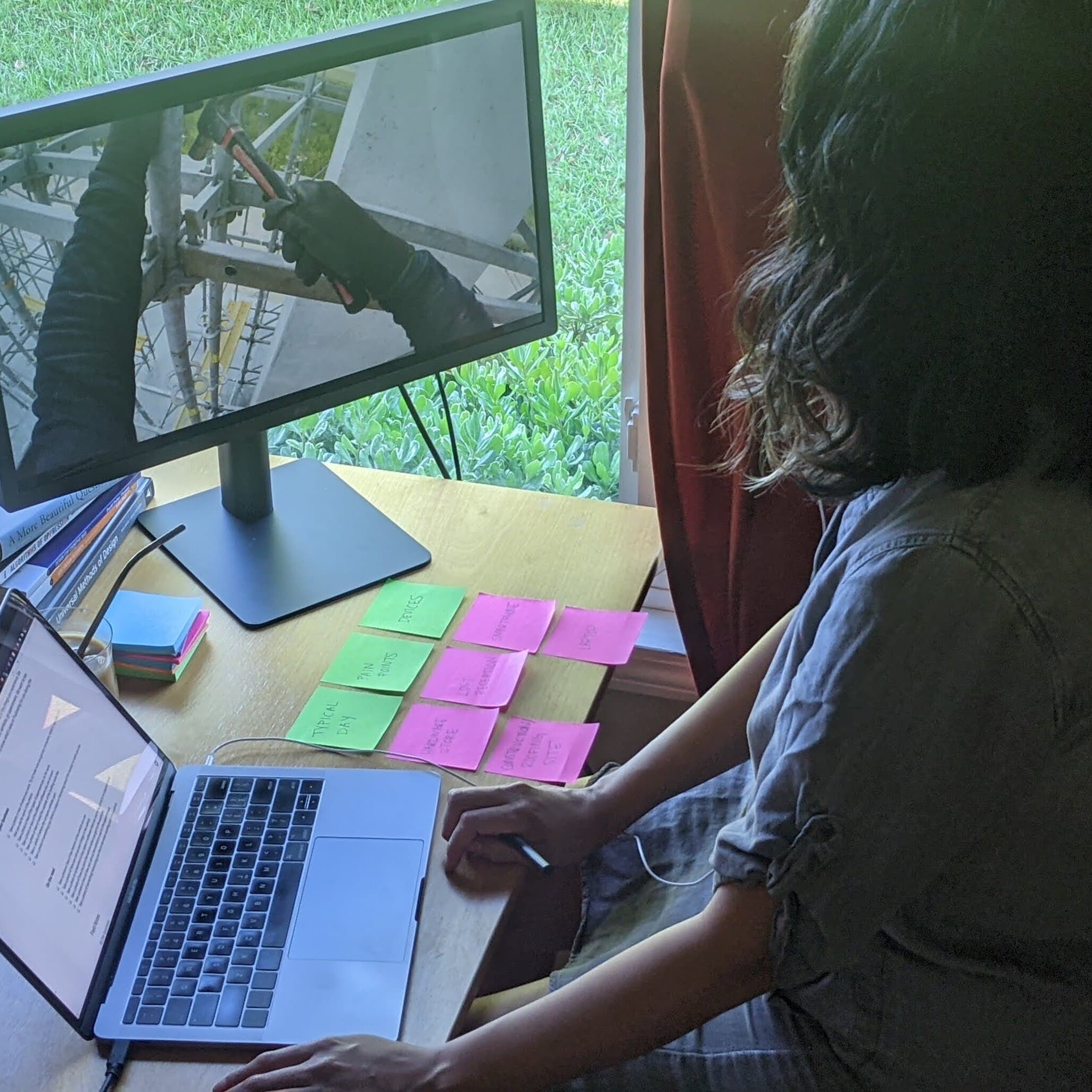How D&D Can Make You a More Effective Facilitator
Imagine: a group of exhausted but ambitious adventurers silently tread through a damp, rocky tunnel, led only by the dim light of a torch. They step across a threshold into an expansive hollowed-out room and the party finds a single locked door on the other side of this space. Suddenly, the floor illuminates revealing an ornate pattern, and the companions look to one another, knowing this is the next puzzle they must solve on their way to the treasure.
Now look again. Instead of a cave, you’re in a conference room (or a Zoom call), and instead of an ambitious band of adventurers, a group of equally determined workshop participants sits in front of you, waiting to be led through the next activity. Were you just daydreaming, or is there something more to fantasy roleplaying games than just some weekend fun? At Punchcut, we believe innovative thinking can come from anywhere; so let’s explore how fantasy gaming might be able to teach you some magical spells, offer you a map to the dungeon ahead, and give you the right tools to level up your design leadership skills.
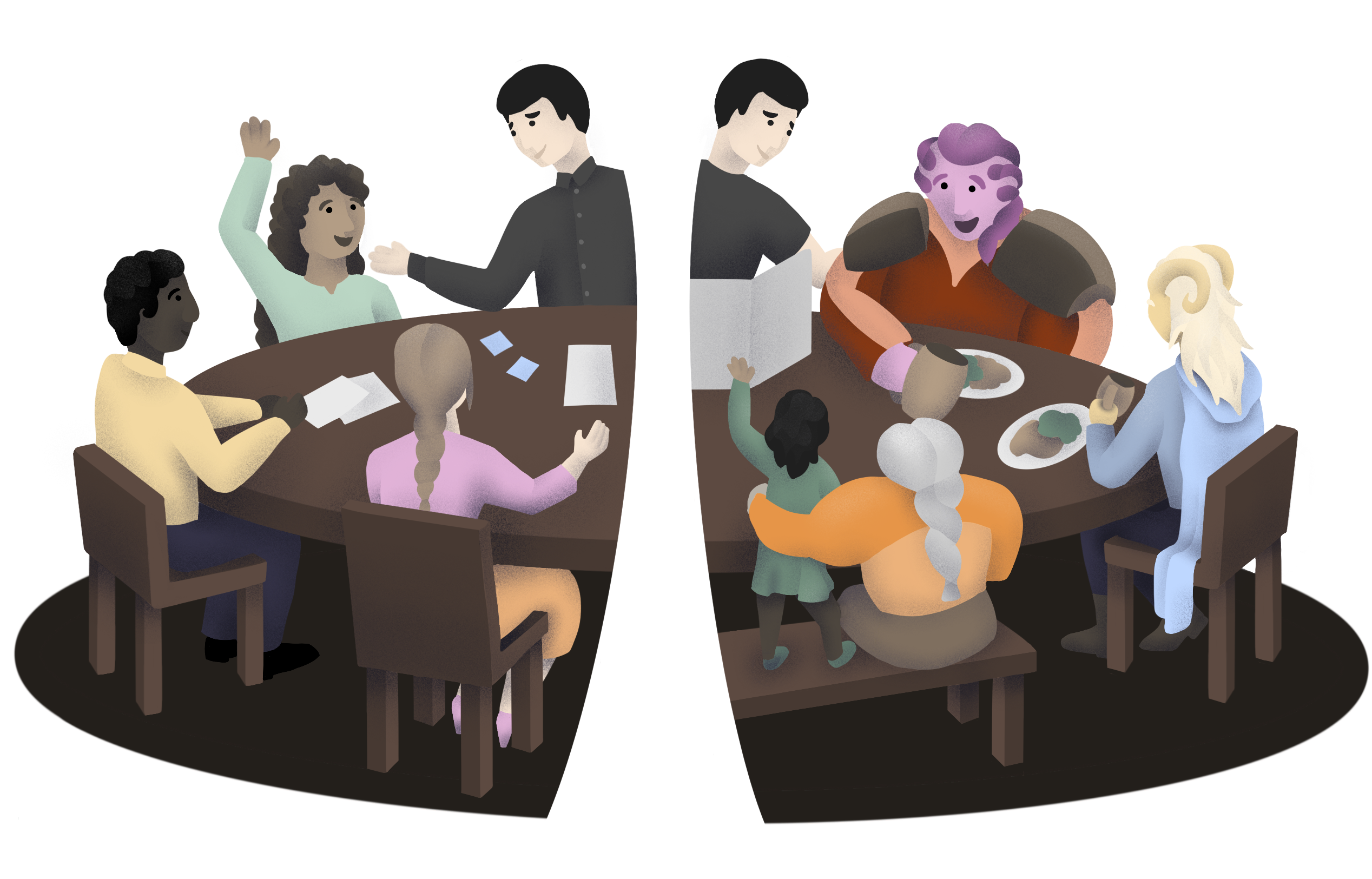
As design leaders, our jobs require innumerable soft skills that are acquired, practiced, and honed over time. These skills — creativity, empathy, communication, and many more — are critical to being a successful facilitator. And as it turns out, one of the most fun and unexpected ways to practice these skills outside of the job is DMing a role-playing game, such as Dungeons & Dragons.
Dungeons & Dragons is a fantasy role-playing game in which a group of players is led through a series of quests, challenges, and battles by a Dungeon Master, or DM. The fearless DM plays the most important role on the team, responsible for crafting the world around the players as they go, and keeping the game balanced, on track, and fun along the way. Being a DM is a fulfilling hobby in which many people find joy. But we’re here to talk about the lessons from D&D that apply beyond the game itself; let’s explore what I’ve learned from D&D that can be applied to our professional roles as leaders and facilitators.
So let’s play a game: your participants file into the workshop room, and your players sit down at the game table. Grab your 20-sided die and let’s get rolling: it’s time for a refresher course on design leadership, from a game of Dungeons & Dragons.
Building a Team
The Power of Diverse Skills
Before a game of D&D can even begin, each player at the table is tasked with creating a character. This quintessential and sometimes daunting process is key to running a game: each player will select their character’s “class,” the main factor in determining their stats and abilities. Is the character the strongest person in town who’s never without their greatsword, or are they the resident vigilante who sneaks around at night, rarely ever seen? Making these choices builds out the person each player at the table will be, and a strong D&D party will contain a wide variety of characters with unique talents and complementary strengths and weaknesses.
Now, your group of workshop participants might not be coming into the room to create their own characters from scratch. It’s important to recognize, however, that there’s a lesson in D&D that we can apply to design leadership before we even start a session: each person brings their own unique talents to the table, and knowing this and utilizing it will allow you to successfully set up everything that follows.
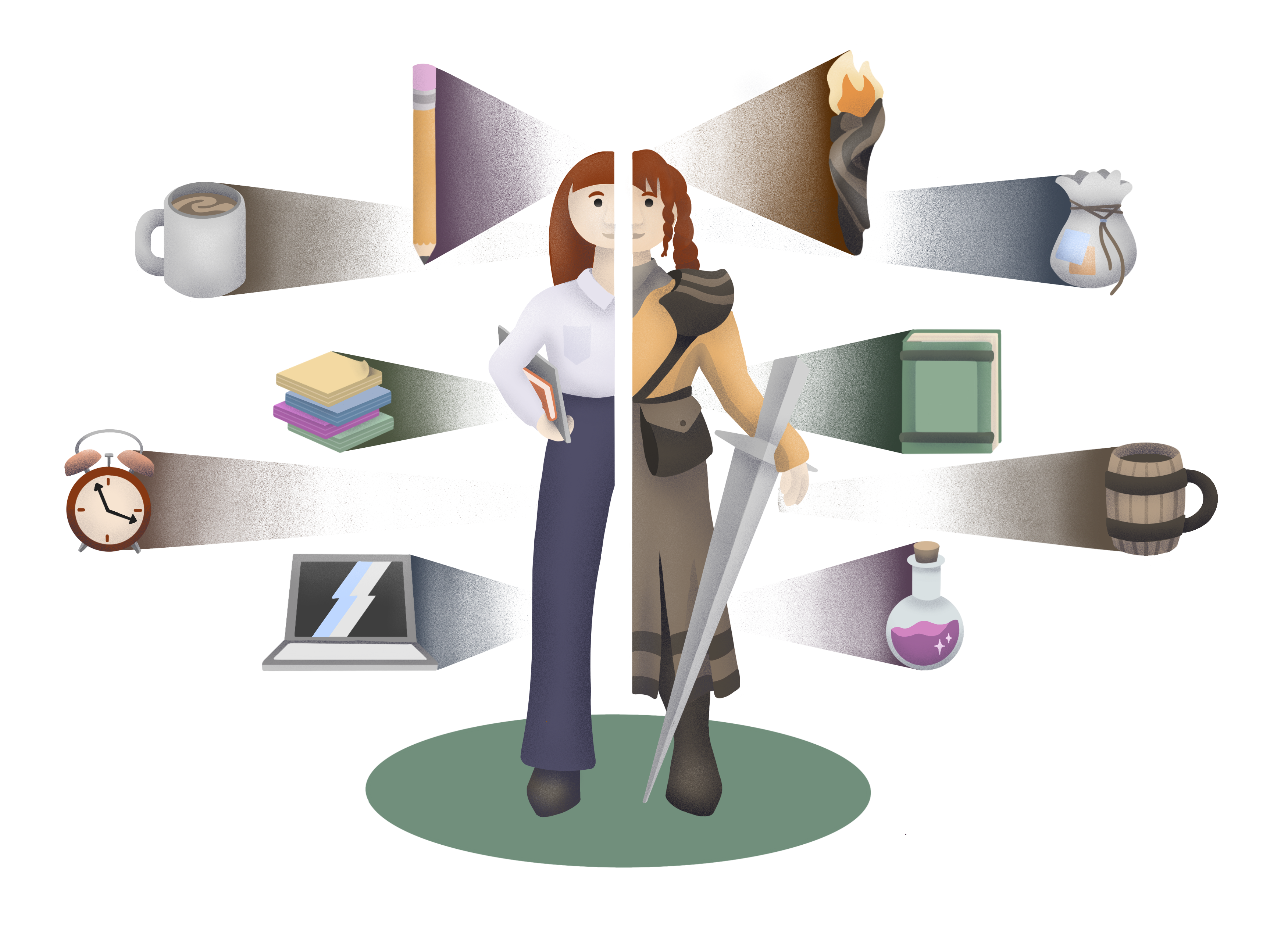
Starting the Session
Warming Up Your Team
The most common start-of-game trope in D&D is this: the players, unfamiliar to each other and the adventures that lie ahead of them, walk into a tavern, meet for the first time, and kick off their adventure from there. There’s a simple reason why this is so common: it’s perfectly effective. Giving a group of new players the chance to sit around the table with their fantasy mugs of ale and plates of medieval tavern food gives players the space to interact with one another on their own terms and gives them the opportunity to get comfortable with the idea of role playing.
Outside of fantasy land, the “You walk into a tavern” strategy works just as well, though there may be less ale involved. In any facilitation situation with more than a few participants, having a simple and fun activity at the beginning of a session is vital to creating the open and creatively charged atmosphere that’s important to a productive meeting.
Also important to setting up a good collaborative working environment as a facilitator is setting the stage for the session. Every DM knows that the story they’re weaving will be more engaging with vivid details, interesting scenery, and an overall grand vision. Give workshop participants a grand vision of their own to attach to: why they’re here in the first place, what’re their next steps, and how this session fits into the bigger picture. Being able to visualize the “why” behind the task at hand, in D&D and in the workplace, makes players / participants more invested in the current activities.
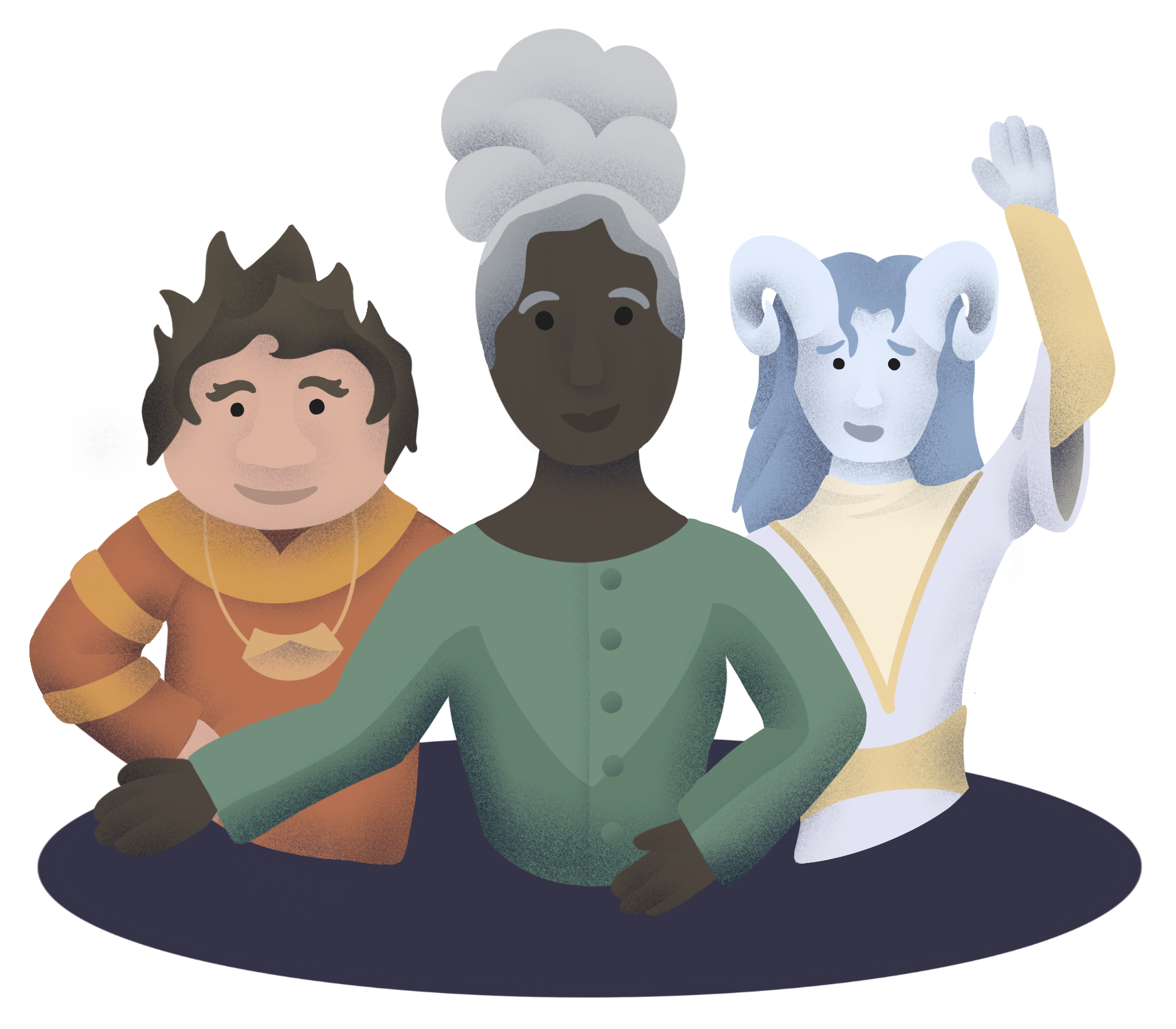
Facilitators
The Everypeople
As the DM of a D&D game, it may seem like you’re the only one at the table who’s not playing a character. The DM, in actuality, is playing every other character in the world. The DM is every shopkeeper, bartender, villain and monster that the party interacts with. These characters played by the DM are called NPCs, or Non-Player Characters. As a leader, you’re responsible for establishing the journey and pushing the “plot” along in a workshop just like a DM. While NPCs are pulled into the game to offer sidequests, sell potions, or be something to fight, a facilitator represents another voice in the room to position an activity correctly, offer a counter perspective, or build off of someone’s idea. Just like in D&D, using our voices as facilitators to play as just another voice at the table can help lead players without breaking the fiction.
A Balancing Act
Active vs. Passive Leadership
While a leader’s job may seem simple on the surface, any facilitator knows that there are many intricacies that truly define your success in running a meeting or a workshop. One important facet of facilitating is knowing when to truly lead the group, and when a backseat role is more appropriate. Sometimes D&D players need more direct leadership: if players are just starting out and need a push to get involved in the game, or if they are struggling to advance the plot with the information you’ve already given them, then stepping in and giving more direct story cues or role-playing prompts is the appropriate reaction. But if, as a DM, you’re constantly stepping in, pushing new NPCs into the group, or interrupting player role playing, you’re potentially ruining some of the most important and beloved moments of D&D.
Rich character to character interactions are made possible through the world the DM has set up, but the interaction itself doesn’t have to involve the DM at all. The same is true for a workshop — if the participants are having productive and important conversations and you feel like you’re simply observing, you’ve done your job perfectly.
Paying Attention
Including the Quiet Player
As a facilitator, have you ever encountered a quiet participant that’s frequently being overshadowed by louder members of the group? This is a phenomenon that happens in Dungeons & Dragons too. In D&D, this can be combated with just a little extra attention from the leader: asking the quiet person specific questions, engaging them with interesting shopkeepers or mysterious figures on the street, and encouraging them to use their characters’ unique abilities to help the group along.
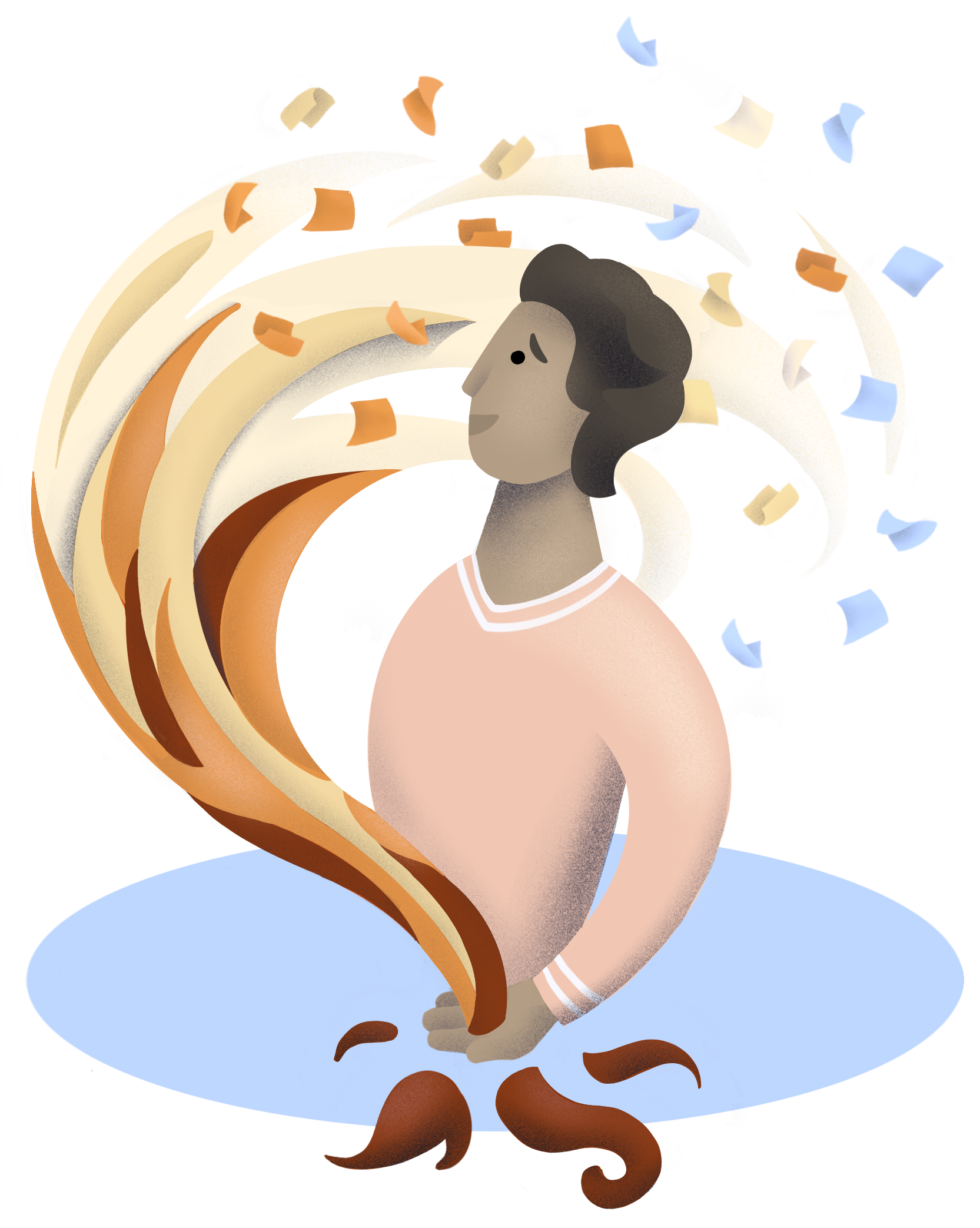
Workshop Encounter
Slaying the Goblin King
The heart of D&D is combat. Let’s do a lightning round of leadership lessons through a classic D&D encounter: Imagine your party is woken up in the middle of the night by a pack of goblins trying to raid your camp. As the fight begins, the fighter slashes at the goblins with her ax, the cleric heals the rogue from a surprise arrow, and the wizard casts a cone of fire into the center of the fight. The DM of this game has to respond to the players’ actions to keep the fight balanced and interesting, choosing the goblin’s next actions based on the players’ round of attacks. As the fight continues, the circumstances shift as the Goblin King enters the fray. The party takes a hefty amount of damage, but they fight through heroically until the last goblin is slain.
Now, let’s run this encounter again, but instead of goblins, your client team is brainstorming ideas for their next product launch. Just like a DM controlling the pack of goblins in response to the party’s movements, a facilitator has to prepare to be flexible and expect the unexpected. Being able to tune into participants’ thoughts and react to the things they’re excited about (or the things that just aren’t working) quickly will always make for a more satisfying experience for your participants and a better outcome overall.
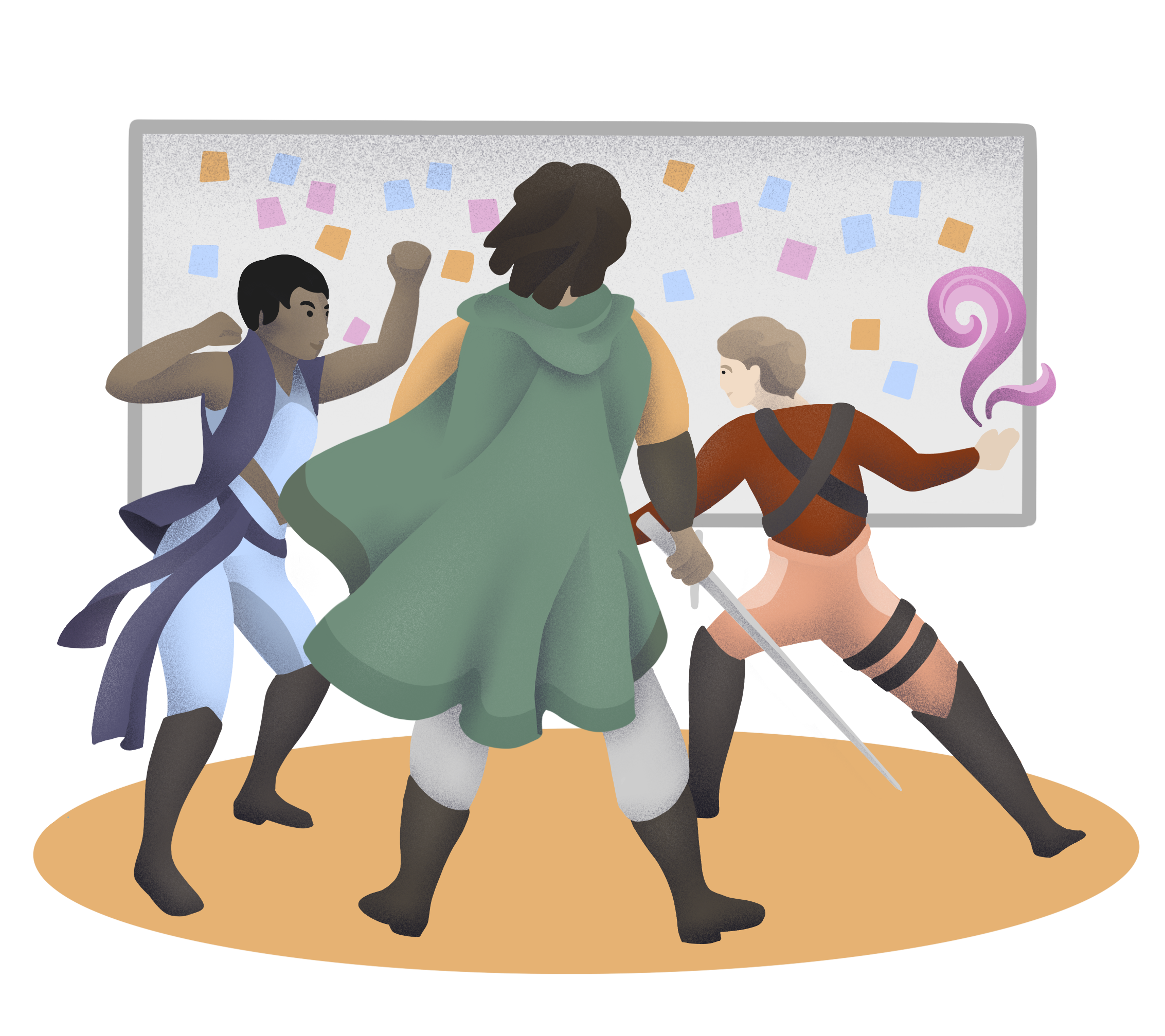
As the workshop continues, bring in the Goblin King! Having the heart of a working session come in after everyone is already warmed up and involved in the exercise means they’re ready to tackle the biggest challenges on their plates that day. Using this “sweet spot” in a workshop can often mean evaluating the ideas generated and getting into the more complex details that come after blue sky ideation. While these pieces of a workshop might be the most difficult to get through, spending your time thoroughly evaluating the ideas makes for a more satisfying session outcome and means your ideas are battle tested.
Creative Innovation
D&D, more than being a fun hobby or an escape from the real world, is a group of people flexing their creativity in new ways and working together to accomplish a common goal. Underneath the complex rules and the rolling of the dice, there’s so much to be taken from the experience of playing this game that directly reflects back onto our professional lives.
Here at Punchcut, thinking creatively in ways like this allows us to design for the future every day. Even if you’re not a D&D player yourself, recognizing the lessons that can be taught through it can help us all be more fun, flexible, and prepared facilitators. And if there’s ever a need to refresh your mind creatively or brush up on some important leadership skills, D&D is waiting to be the most fun part of your professional development, I promise.
A Punchcut Perspective
Katie Van Gulick, Visual Designer
© Punchcut LLC. All rights reserved.


